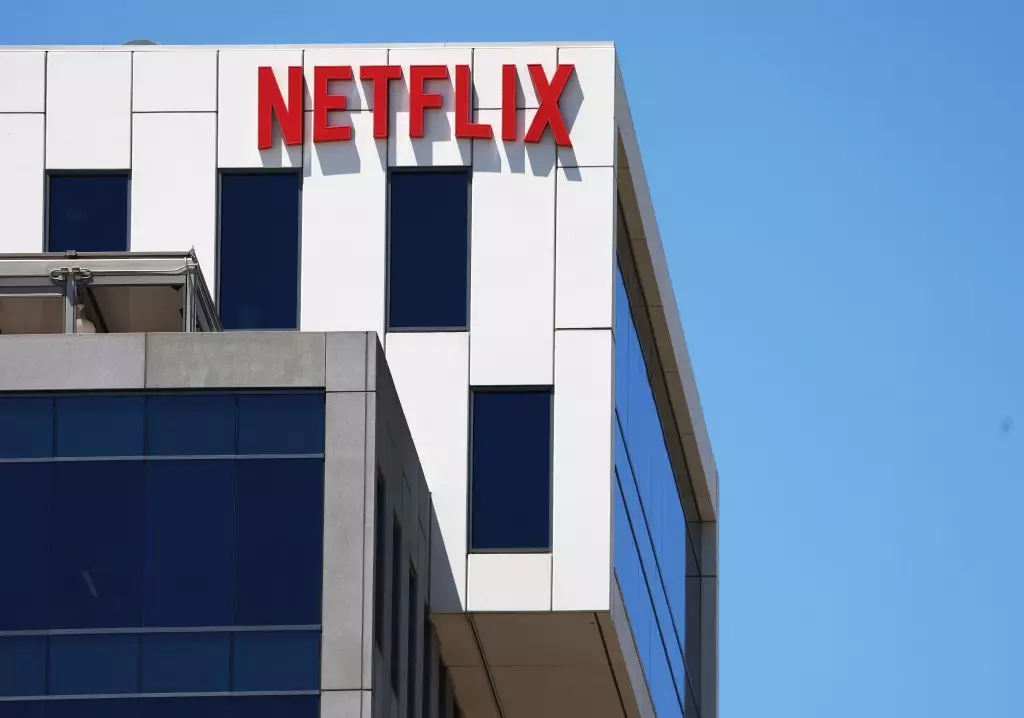In a rapidly evolving entertainment landscape, major streaming platforms are rethinking their compensation strategies for talent. For months, stakeholders in Hollywood have engaged in discussions about how streamers like Netflix manage payment agreements. As the industry faces a unique combination of challenges and opportunities, the way in which streaming services compensate their talent is a topic garnering increasing attention. Currently, Netflix is poised to reevaluate its financial structures, seeking to strike a balance between profitability and fair compensation. This shift comes as no surprise, given that the success of Netflix’s original content has made it a bellwether for the industry.
A Call to Action for Agents and Managers
To facilitate this potential overhaul, Netflix is hosting an exclusive event aimed at industry agents and managers. Titled “Netflix Explained,” the breakfast gathering at the Tudum Theater promises to illuminate Netflix’s operational frameworks. The attendees—including representatives from major talent agencies like WME, CAA, and UTA—anticipate greater transparency regarding the platform’s payment methods. Although the conference will not focus primarily on pay models, insights may emerge that could impact how compensation is structured. This conversation is essential, as the relationship between creators and streamers evolves in our digital age.
Reports suggest that Netflix is contemplating a significant shift in its payment approach. Rather than adhering to the prevailing cost-plus model—where top talent is compensated with substantial upfront fees and minimal back-end revenue—the streamer is evaluating opportunities to incentivize hit creation. The potential model being discussed could see talented creators and actors reducing their upfront fees by 20-30%. In return, they could earn double that amount on the back-end, alongside other existing bonus incentives linked to the success of the project. This arrangement may encourage talent to invest in the performance of their projects, promoting collaborative success.
However, amidst these developments, one notable absence in the conversation is the issue of intellectual property rights. While the financial compensation model undergoes scrutiny, there has been no movement towards changing the rights situation that limits talent from owning their intellectual property after a specified period. This gap raises pertinent questions about how the industry can evolve while ensuring that creators maintain agency over their work.
This consultation with talent representatives arrives on the heels of Netflix’s impressive semi-annual engagement report, which highlighted that its content was streamed for a staggering 94 billion hours in the first half of 2024. The report showcased the triumph of various titles, including “Fool Me Once” and “Bridgerton.” These results remind all stakeholders that compelling content drives engagement, raising the stakes for potential new payment structures. A significant driving force in implementing a reformed payment framework is the need for transparency—a virtue that Netflix has championed relative to its competitors in revealing viewership data.
As executives at Netflix embark on this “real adjustment phase,” the underlying message is that any transition towards a new payment model represents a work in progress. Both the platform and its talent must navigate the complexities of this shift, recognizing that collaboration will be essential. Creators should feel valued and motivated to produce engaging content while aligning their interests with those of the streaming platform.
The upcoming discussions on payment models at the “Netflix Explained” event could mark the beginning of a transformative chapter in Hollywood. By potentially embracing a more performance-driven financial structure, Netflix may empower its talent, cultivating a genuine partnership that drives innovation and quality content. Nonetheless, for this approach to resonate, it will need to address broader issues like intellectual property rights, ensuring that creators feel secure in their ownership. As the industry continues to evolve, striking this balance will be key to building lasting and meaningful relationships between streaming platforms and their talent. Only time will tell if Netflix can successfully navigate these waters while setting a precedent for the industry at large.

Leave a Reply